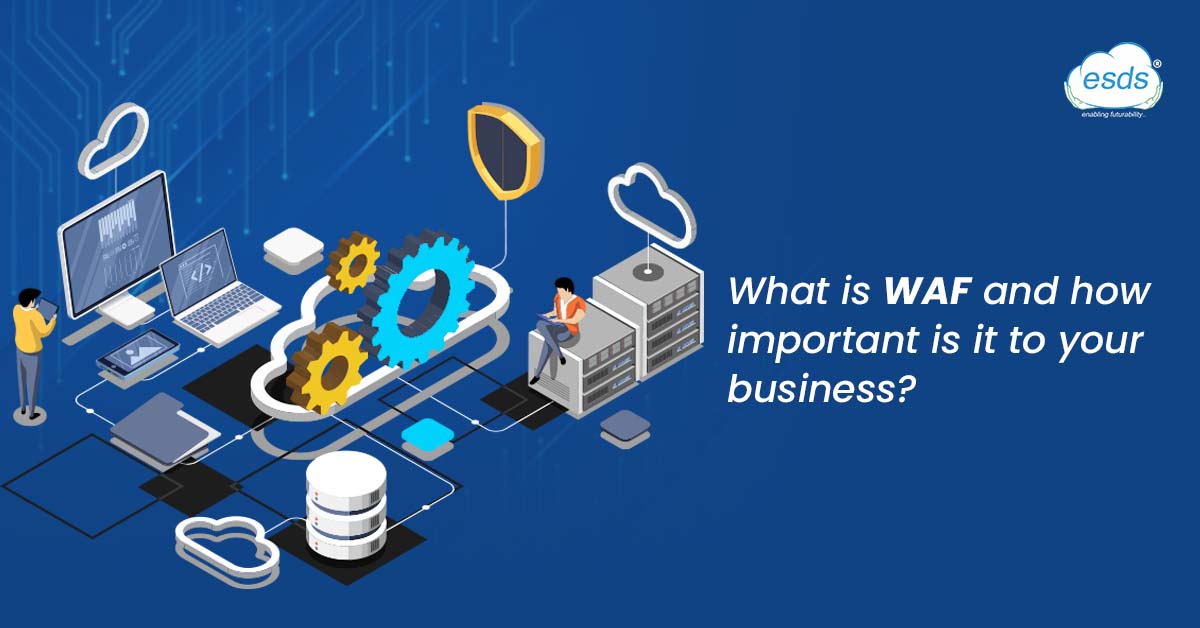Being fully knowledgeable about cybersecurity is challenging, especially given how quickly threats evolve. However, by learning more about cybersecurity tools, you may get a solid understanding of how cyberattacks operate.

What is WAF?
A web application firewall, or web application security solution, is a reliable security solution for monitoring, filtering, and preventing incoming and outgoing data packets from an online application or website. Reverse proxies are often used to deploy WAFs, which can be host-based, network-based, or cloud-based.
In order to filter out suspicious or risky traffic, WAFs can be used as network traffic monitoring appliances, server plugins, web application security solutions, or cloud services. They analyze each packet and evaluate application layer logic in accordance with rules.
Web Application Firewalls Types

Network-based WAF
Implemented locally to reduce latency and is typically hardware-based. However, this WAF type is the most expensive and requires physical equipment storage and upkeep.
Host-based WAF
It can be completely incorporated into an application’s software. This approach is more adaptable and less expensive than network-based WAFs, but it uses a lot of local server resources, is difficult to set up, and can be expensive to maintain. A host-based web application security solution frequently requires hardening and customization, which can be time-consuming and expensive.
Cloud-based WAF
A cost-effective, readily implemented solution that, in most cases, does not ask for a large initial outlay. Instead, customers pay a monthly or yearly subscription fee for security as a service. Regular updates to a cloud-based web service protection solution can be performed without the user’s involvement and at no additional expense. However, since you depend on a third party to maintain your WAF, it’s crucial to make sure cloud-based WAFs have enough customization choices to adhere to the business requirements of your firm.

No comments:
Post a Comment